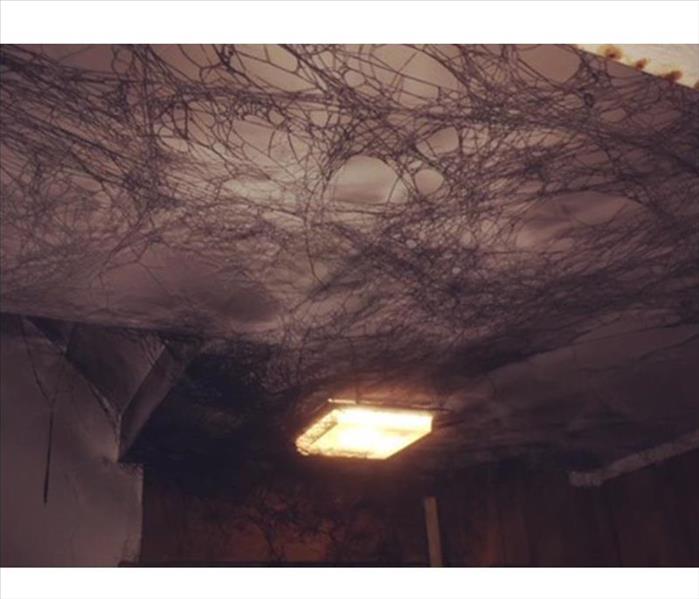Avoiding Puff Backs in Your Home
6/25/2021 (Permalink)
How To Prevent A Puffback In Your Home
Your furnace works hard day in and day out to keep your Sandy Springs, GA, home a warm, comfortable place to live for you and your family. However, when left to its own devices too long without the proper maintenance measures, this same furnace can produce a puff back, a small inner-furnace explosion with the power to spread soot and smoke all across your home in a matter of seconds. The best way to defend against this issue is to
- Schedule regular inspections
- Regularly change your filters
- Check your fan now and again
By taking these steps and learning the basics about puff backs, you can ensure you never face this issue in your home.
Invest in Inspections
The average puff back can be caused by a wide range of reasons, almost every single one of which boils down to improper maintenance over extended periods of time. That’s where having a professional on your side comes in handy. Having an annual inspection done by a certified pro helps you catch issues early on and keeps your furnace running smoothly so furnace explosions are never a concern.
Change Filters
A leading cause of puff backs is a clogged filter. When filters become clogged, dirt and dust get sucked into a furnace. Especially in oil-burning furnaces, these particles can combust, leading to an explosion that sends soot flying through the vents. Filters are generally affordable and easy to replace, fortunately, making this a precautionary step any homeowner in Sandy Springs, GA, can take.
Check Fans
Another cause of puff backs is a fan that’s not operational. When the fan can’t move, heat gets backed up in your vents and furnace, which contributes to the formation of puff backs. Checking both your fans and vents now and again helps ensure the heat is moving as it should be.
Each of these steps is fairly simple but can be crucial. You want to do what you can to prevent a puff back of any magnitude from occurring in your home.




 24/7 Emergency Service
24/7 Emergency Service
